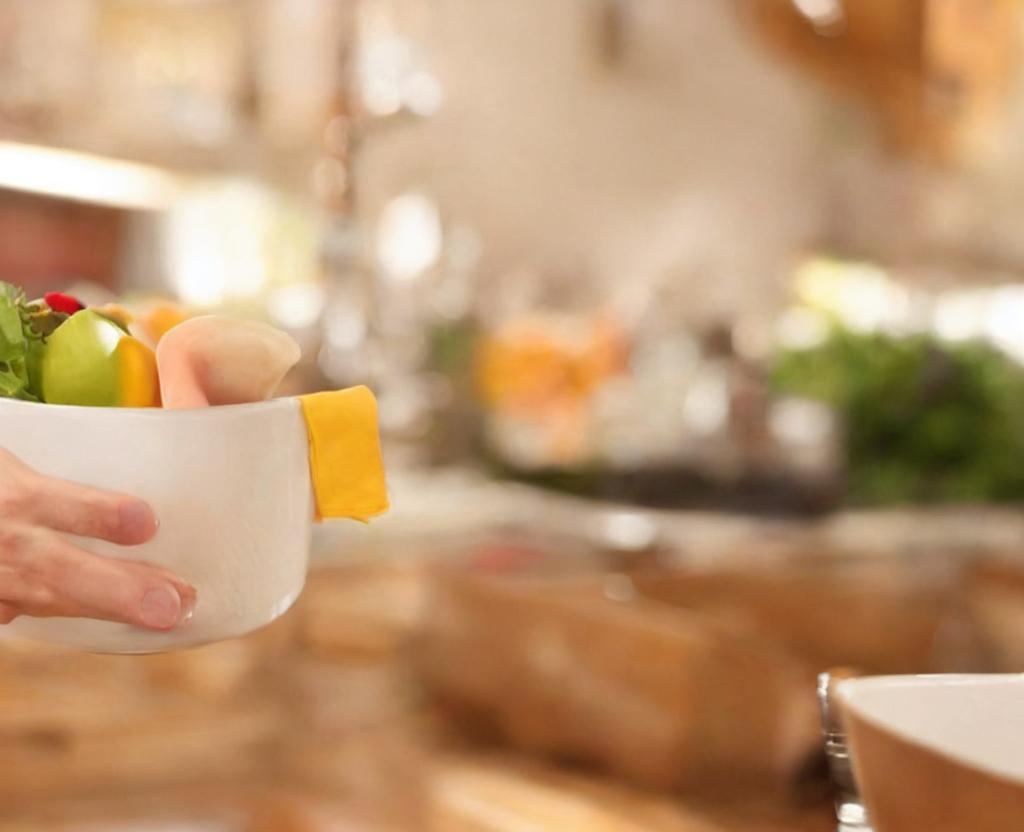
National No Dirty Dishes Day
National No Dirty Dishes Day, May 18th, suggests taking a break from your normal daily routine on May 18th. This day, there are a few options.
#nodirtydishesday
No one likes dirty dishes. No one likes them. In fact, we probably would make a 5 course meal without dirty dishes if we could produce it.. Dirty dishes cause a variety of issues, besides more work. In fact, dirty dishes can cause some life-threatening illnesses, such as::
- Salmonella;
- Campylobacteria;
- Clostridium perfringens; Clostridium perfringens;
- Norovirus; and
- Staphylococcus aureus (Staph)
The key reason for having no dirty dishes on the counter or in the sink is because Germs are the only reason. However, there are also benefits.. A clean kitchen has a certain charm to it. No one considers washing dishes to be a mental health booster, unlike watching television or reading a book. But, it can be. It can be.
Washing dishes will bring relief. In fact, it can put you in a position of self-improving your health. Since washing dishes isn't a simple task, the act of swimming in the water can reduce anxiety and build a healthy immune system. The benefit of lowering stress levels results in a more relaxed mind and body, resulting in a healthier you.
We can give you a few reasons to help you along if you're not sure what to do on National No Dirty Dishes Day. You can: You should: You can: You can: You should: You can: You can:
- All meals are available at the restaurant. Order take out and eat your meals in the containers they came in
- Use disposable plates, cups, and silverware. Choose ones that are biodegradable to remain earth-friendly. To remain eco friendly, choose ones that are biodegradable
- Quick. Although not everyone can fast, occasional fasting can be beneficial to the body
- Choose only foods that come in their own containers and eat small meals. For example, eat a banana for breakfast.. Make hard-boiled eggs the day before and enjoy them for lunch
- Wash every dish you use as often as you use it to minimize your dirty dishes down to a minimum by washing every dish you use as you use it. No soiled dish ends up in the sink, so no soiled dish ends up in the sink
IONS DISH-FREE CELEBRATIONS DISH-FREE CELEBRATIONS
- With friends, go out for lunch or dinner
- Prepare and eat dry food out of a container or small baggie
- Cooking all together will make a one-skillet/pan dish
- In a nearby park, order takeout and eat.
- Hose a barbecue and serve everything on paper plates with disposable utensils
- #NoDirtyDishesDay is a hashtag on social media that lets you post your dish-free day
History has shown that the national no dirty dishes day was the first national no dirty dishes day
- The Stone Age (500.000-12.000 BC): Eating utensils were mainly rocks/stones used for cutting meat and fruit. Animal horns were used as drinking utensils, while wooden horns were used as utensils
- (12.000 – 3.000 BC): The evolving technology for preparing food and eating has progressed to small stone pieces that make knives and spoons from wood and animal bones
- (3.000 BC – 400 AD): Weapons and other items were produced during the Bronze Age (3.000 BC – 400 AD): Weapons and other items were also produced, including knives, spoons, and some durable bowls
- Spoons and knives were common in the 5th to 11th Centuries. However, most utensils were more common among the wealthy. However, most utensils were more common among the wealthy. People in the lower class would continue to eat with their hands
- Catherine de Médicis of Italy brought to spoons from France that were already being used by Italian nobles in 1533.. This was the first of the spoons used by Italian nobleman
- Early 17th century: The fork and knife became a common utensil. Nevertheless, people still "stabbed" their food with knives more than the fork, according to some
- The fork and knife first appeared in North America in 1630. Native Americans had already invented their own way of eating utensils, according to a later date
- Mid-18th century: Four tinned forks made with a curve were the common style for eating utensils. It's the same style we still use today that it's the same one we use today
- The 19th century: Specialized eating utensils, such as soup spoons, sardine forks, and jelly/butter knives were in demand
- The invention of stainless steel in the 1920s would play a major role in the production of easily produced eating utensils
- Plastic silverware became widely available in the late twentieth century






